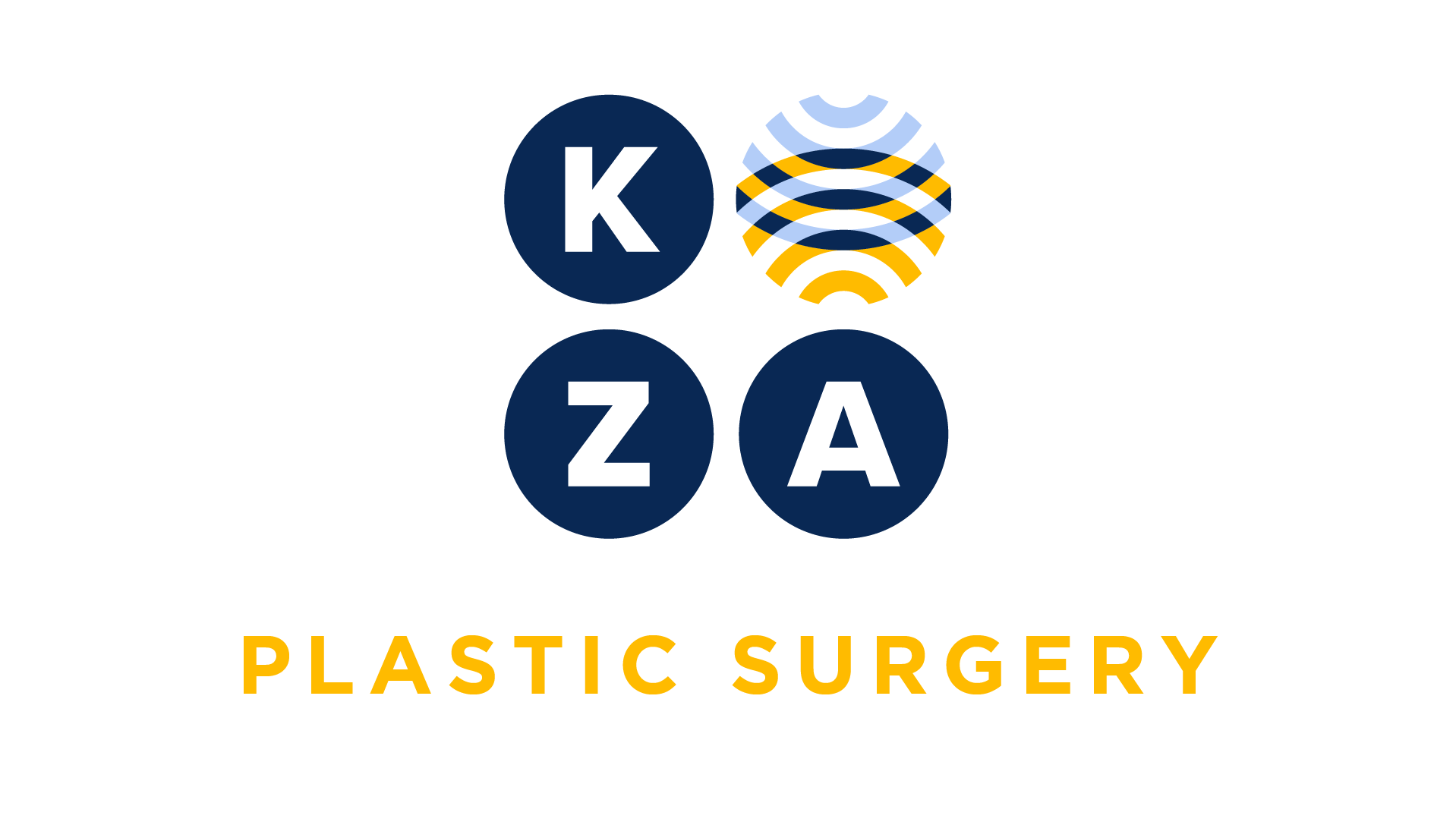
Choose your specialty from the list below to see how our experts have tackled a wide range of client questions.
Looking for something specific? Utilize our search feature by typing in a key word!
Micromatrix
I'm new to plastics coding and have seen a couple of cases in which Acell Micromatrix is being documented. I have conflicting recommendations on whether to report this with a code from the 1527x series in CPT. However, I'm not confident with the advice. I am seeking an expert opinion and realize I should have started with KZA. Two questions: 1) is this separately reportable and 2) if yes, is CPT code 15271 the correct code?
Question:
I'm new to plastics coding and have seen a couple of cases in which Acell Micromatrix is being documented. I have conflicting recommendations on whether to report this with a code from the 1527x series in CPT. However, I'm not confident with the advice. I am seeking an expert opinion and realize I should have started with KZA. Two questions: 1) is this separately reportable and 2) if yes, is CPT code 15271 the correct code?
Answer:
No, this is not separately reportable according to CPT Guidelines in the treatment of open wounds. Acell Micromatrix is a micronized particle (powder) and is considered a non-graft wound dressing. The CPT Guidelines for skin substitute grafts (page 100 of the 2024 CPT manual) instruct you to use the codes for biological products that form a sheet scaffolding to promote skin growth. CPT instructs the skin substitute codes are not to be used for non-graft dressings such as the Acell Micromatrix, a powder. KZA appreciates your inquiry as these codes are always under scrutiny. If you are in the office setting (non-facility) and purchased the Micromatrix, you may look to report HCPCS code Q4118 for the supply purchased and the application of the non-graft wound dressing would be captured in the appropriate evaluation and management level code.
*This response is based on the best information available as of 7/11/24.
Time
Our physician is coding by time; he thinks this is the best for him. Frequently with a new patient he will also do an injection. He documents his total time for the day but does not document the amount of time performing a minor procedure (billable). There is no documentation of the time spent preparing for or performing the minor procedure. May we still report a service based on time?
Question:
Our physician is coding by time; he thinks this is the best for him. Frequently with a new patient he will also do an injection. He documents his total time for the day but does not document the amount of time performing a minor procedure (billable). There is no documentation of the time spent preparing for or performing the minor procedure. May we still report a service based on time?
Answer:
CPT states “Time” may be selected based on the total amount of time spent on the date of encounter, excluding time spent for services that are defined by a separately reportable CPT code. This means that the total time must exclude the amount of time spent related to the minor procedure. If not documented, KZA recommends asking the physician to amend the note if possible (attesting that the time is accurate to the best of their knowledge) or reporting the service based on MDM.
Date of Service
We are in an academic setting. Our residents will see a patient, for example, at 11 pm on Tuesday. Then on Wednesday morning our attending physician evaluates the patient, documents his/her findings, documents the required attestation, and enters an E&M code into the EHR. The date of service is the date the encounter was created by the resident on Tuesday. Do you bill the E&M service with the Tuesday date of service or the Wednesday date when the attending physician saw the patient?
Question:
We are in an academic setting. Our residents will see a patient, for example, at 11 pm on Tuesday. Then on Wednesday morning our attending physician evaluates the patient, documents his/her findings, documents the required attestation, and enters an E&M code into the EHR. The date of service is the date the encounter was created by the resident on Tuesday. Do you bill the E&M service with the Tuesday date of service or the Wednesday date when the attending physician saw the patient?
Answer:
The correct date of service is the actual date of service when the attending physician saw the patient. In this case, it will be Wednesday even if the attending physician links the note to the resident note from the previous date.
Diagnosis Coding Excludes 1 Codes
Our physicians list their diagnosis codes in the Assessment section of their notes. They link the diagnosis codes to the charges in our EHR. We receive a claims submission edit stating the two diagnosis codes may not be reported together. We review the rules and find the codes have an “Excludes 1” relationship. Our question is, should we remove the diagnosis code that is listed as the “Excludes 1” from the Assessment section of the note when correcting the claim based on the guidelines.
Question:
Our physicians list their diagnosis codes in the Assessment section of their notes. They link the diagnosis codes to the charges in our EHR. We receive a claims submission edit stating the two diagnosis codes may not be reported together. We review the rules and find the codes have an “Excludes 1” relationship. Our question is, should we remove the diagnosis code that is listed as the “Excludes 1” from the Assessment section of the note when correcting the claim based on the guidelines.
Answer:
Great news to hear you are reviewing your claims edit reports timely. But, no, do not do that. The “Excludes 1” is an ICD-10-CM coding guideline also known as a coding rule. Think of this like an NCCI edit; when CMS has an edit between 2 CPT codes, we do not change the documentation in the operative note. Rather, we report the most comprehensive of the 2 CPT codes. The “Excludes 1” guideline is a similar concept—we do not change the documentation; instead, we report the most comprehensive diagnosis code.
Documenting Assistant Surgeon
When acting as an assistant surgeon, should I dictate a separate operative note?
Question:
When acting as an assistant surgeon, should I dictate a separate operative note?
Answer:
No. In a scenario with a primary and assistant surgeon, only the primary surgical dictates the operative note. Importantly, in that note, the specific role of the assistant must be documented. This should be more specific then, Dr. Jones assisted in a complex surgery. The specific activities performed must be documented.
E&M Coding Based on Time
Our physicians’ defaults to time for almost every office encounter. We are working with them on documentation and what work contributes to total time and what does not. They perform their own independent interpretation of X-Rays (we bill globally), and performs procedures such as nasal endoscopies, debridement’s laryngoscopes etc. in the office. They are counting the total time spent with the patient, including these activities and we do not believe that is correct. Can you help?
Question:
Our physicians’ defaults to time for almost every office encounter. We are working with them on documentation and what work contributes to total time and what does not. They perform their own independent interpretation of X-Rays (we bill globally), and performs procedures such as nasal endoscopies, debridement’s laryngoscopes etc. in the office. They are counting the total time spent with the patient, including these activities and we do not believe that is correct. Can you help?
Answer:
Thank you for your inquiry. We will not address the default to time for almost every encounter other than to say medical necessity must be present for time spent. With that said, the activities you identify, because they are billable services represented by other CPT codes (aka are separately reported), do not contribute to the total time spent; this time must be deducted from the total time, assuming the E&M service is reportable.
Do you have a Coding Question you would like answered in a future Coding Coach?
If you have an urgent coding question, don't hesitate to get in touch with us here.


